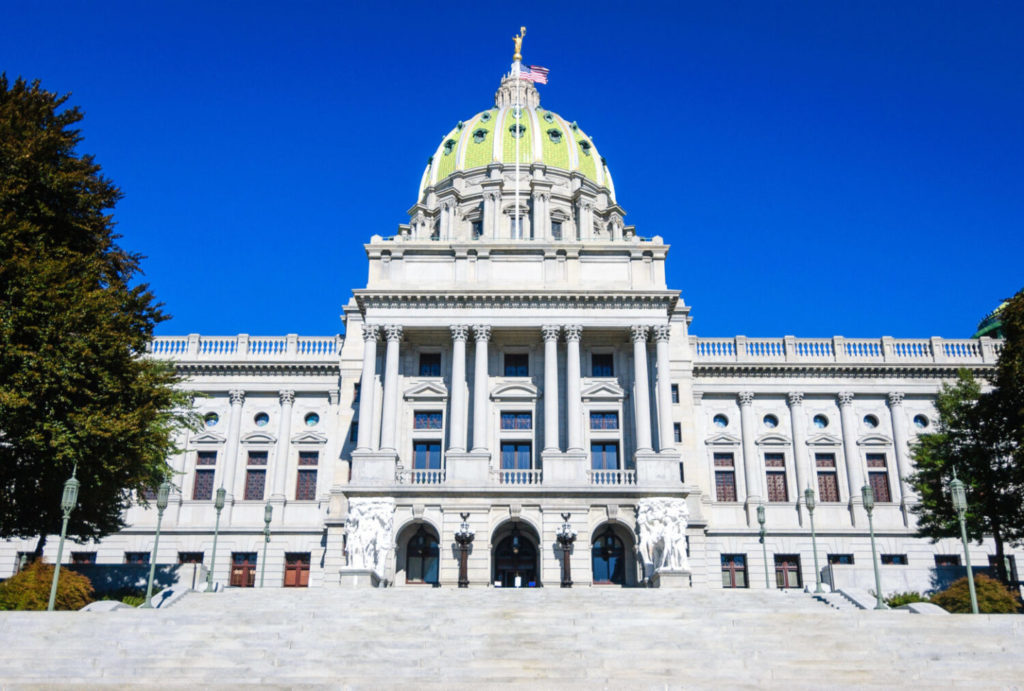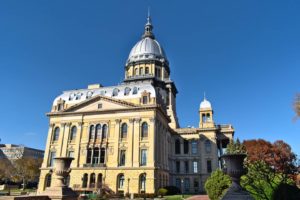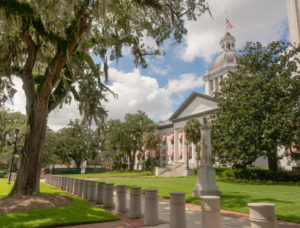New dynamics influence education spending choices in Pennsylvania
(The Center Square) – Pennsylvania’s top education official told House lawmakers this week the state’s proposed budget makes a “down payment” on the future of schooling in the…

(The Center Square) – Pennsylvania’s top education official told House lawmakers this week the state’s proposed budget makes a “down payment” on the future of schooling in the commonwealth.
This, as the lower chamber contends with a new dynamic after Democrats clinched a one-seat majority in February. The party’s legislative leaders say Gov. Josh Shapiro’s investments into the education system will generate more economic prosperity, and tax revenue, in the coming years.
In his opening remarks before the House Appropriations Committee earlier this week, Acting Secretary Khalid Mumin said this is a historic moment under Shapiro, who understands that education is the pathway to success for the state’s 1.7 million students.
In years past, a Republican-controlled General Assembly and former Gov. Tom Wolf met in the middle on the administration’s spending requests, with concerns about worsening budget deficits that could trigger future cuts often tempering Democrats’ desire for heftier investments.
Those expectations have been buoyed by a years-long effort to backfill an education spending deficit left behind after federal stimulus funding appropriated to public schools during the Great Recession left legislators facing a tough decision: appropriate less or raise taxes, or both.
The legislature chose the former. In the intervening administrations – under both Gov. Tom Corbett and Wolf – the state filled in the funding hole and eventually increased total education spending to more than $16.6 billion.
Notably, pandemic stimulus funds were also infused into education funding over the last two years – a strategy that Acting Revenue Secretary Pat Browne may be “history repeating itself.”
Browne served as Senate Appropriations Committee Republican chairman for nearly a decade and was elected to the upper chamber in 2005. He told his former colleagues earlier this week that the economic forces underlying revenue uncertainty haven’t changed in the months since he joined the administration, The Center Square previously reported.
This year, Shapiro’s proposed budget calls for $17 billion in total to support K-12 schools, higher education institutions, and the state library system – a nearly $1 billion increase.
More specifically, it suggests spending $8.4 billion on basic education funding, a 10.45% increase over 2022-23, and $1.4 billion on special education, an increase of 7.77%.
There were questions on how the newest program that includes $100 million in funding for school-based mental health services would be spent.
Mumin explained the funds will be distributed in three ways: $80 million for School-Based Mental Health Support Block Grants; $10 million for paid clinical internships; and $10 million for training of school based mental health professionals.
Another $100 million is slated for school environmental repairs and improvements, though some lawmakers expressed concerns over funds being distributed fairly. Mumin said priority will be given to applications from local area agencies with high need, based on factors that increase students’ risk of exposure to hazards like lead and asbestos.
One of the few line items to see a decrease was for the transportation of public, and non-public and charter school students – a 1.6% and 9% decrease respectively.
“Are you saying our school districts are asking for less money?,” Rep. Natalie Mihalik, R-Pittsburgh, said. “At a time when fuel is at an all-time high … and we can’t find workers – you’re saying that number has decreased?”.
She quoted Mumin’s earlier testimony, in which he said that the department “wants to ensure that every Pennsylvania student has access to a quality education … but we can’t educate our kids if we can’t get them to school.”
Pennsylvania is not immune to the teacher and bus driver shortages plaguing communities nationwide. Mihalik spoke of several districts in the Pittsburgh area that were no longer providing school bus transportation and instead giving K-8 students passes to ride public buses to and from school.
Jessica Sites, the department’s assistant director for the Bureau of Budget and Fiscal Management, told Mihalik the numbers are based on use, and the decrease was due to a drop in special education transportation during the previous year.
Mihalik said she would still like the department to provide the committee with details on those numbers and would also love to see how many students statewide are actually having to take common carrier transportation to get to school.
Other budget items discussed were a $4.2 million investment in small, rural public library facilities and proposed increases of $30 million for the Pre-K Counts program; $2.7 million for Head Start; $10 million for Early Intervention; and $14 million for Career and Technical Education.
Last month, the Commonwealth Court ruled that Pennsylvania’s education funding system is unconstitutional because it fails to provide for the thorough and efficient system of education as required by the state Constitution.



